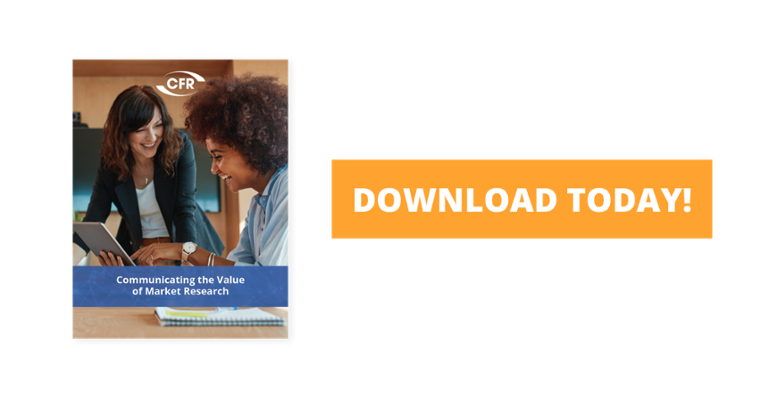
How Texting Improves Market Research Outcomes
 When it comes to advanced communications technology, much attention these days is paid to leading-edge concepts like IoT, virtual reality, AI, machine learning and so on. However, amidst this futuristic discussion remains what might be considered an “old favorite” (at least by today’s speeds and standards) on the communications technology landscape: texting.
When it comes to advanced communications technology, much attention these days is paid to leading-edge concepts like IoT, virtual reality, AI, machine learning and so on. However, amidst this futuristic discussion remains what might be considered an “old favorite” (at least by today’s speeds and standards) on the communications technology landscape: texting.
Indeed, according to Pew Research Center, texting remains the most frequently used smartphone app, with a whopping 97 percent of Americans using it at least once a day. Further, Forrester research crunched the numbers and found that more than six billion texts are sent in the U.S. each day. Extend the scope to a global scale and shift the timeline from daily to annually, and Portio research found that people across the world send approximately 8.3 trillion (yes, trillion) texts a year.
Why does this matter in the context of market research? Well, it is not to celebrate the role that text messaging continues to play in our everyday lives. Rather, it is to highlight that text messaging can and should be used to improve market research outcomes. Here are the 3 key reasons how and why:
1. Notifying Participants
Whether they are scheduled to attend a focus group, in-depth interview or any other appointment, the fact remains that whenever you have market research participants, you will invariably have latecomers and no-shows. After all, we are talking about real people here with busy lives -- or sometimes, people forget an appointment, or mistake the time or day.
Text messaging is an ideal way to remind participants beforehand, and to have them confirm their attendance simply by tapping a button or link. It literally takes them a second, is non-invasive, and can dramatically improve attendance rates – which leads to better market research outcomes.
2. Real-Time Engagement
One of the fundamental advantages of text messaging -- and why so many people rely on it throughout the day -- is that it is designed for mobility. Indeed, there are many people around the world, especially Millennials, who are much more open to sending/receiving texts vs. having a phone conversation; especially if they don’t have a close personal relationship with the other party (and sometimes even if they do, as many parents have discovered after being sent to voicemail if they call, but getting a near instantaneous reply if they send a text!).
This is also an advantage for market research outcomes, because researchers can reach out and engage participants in real-time soon after they have completed a key activity. For example, a car dealership can send out a mobile survey within minutes of a customer completing a test drive or retailers can send out a mobile survey seconds after a customer purchases or returns an item. Since the experience is fresh in each person’s mind, not only are they more likely to take the survey, but their answers will be more exact and accurate. This is music to market researchers’ ears, since it is the QUALITY of data that matters most – not just the QUANTITY of data.
3. Leverage Other Technologies
An emerging development in the market research field is blending online and mobile platforms for market research communities, bulletin boards, and other activity-based online qualitative, with traditional in-depth interviews, focus groups, and ethnography to glean unprecedented market research insights and value. Because of its widespread popularity, text messaging will continue to be a core part of this emerging model -- and ultimately help improve market research outcomes.
Learn More
To learn more about how texting improves market research outcomes, and how it can be integrated into your customized data gathering plan, contact the Communications For Research team today. You’ll speak with our co-CEO Colson Steber who will learn more about your business and research opportunity. He can provide you with data collection advice, research timelines and a quote for your project.
For more information on the value of market research and how to communicate it to your clients, download our FREE eBook:



